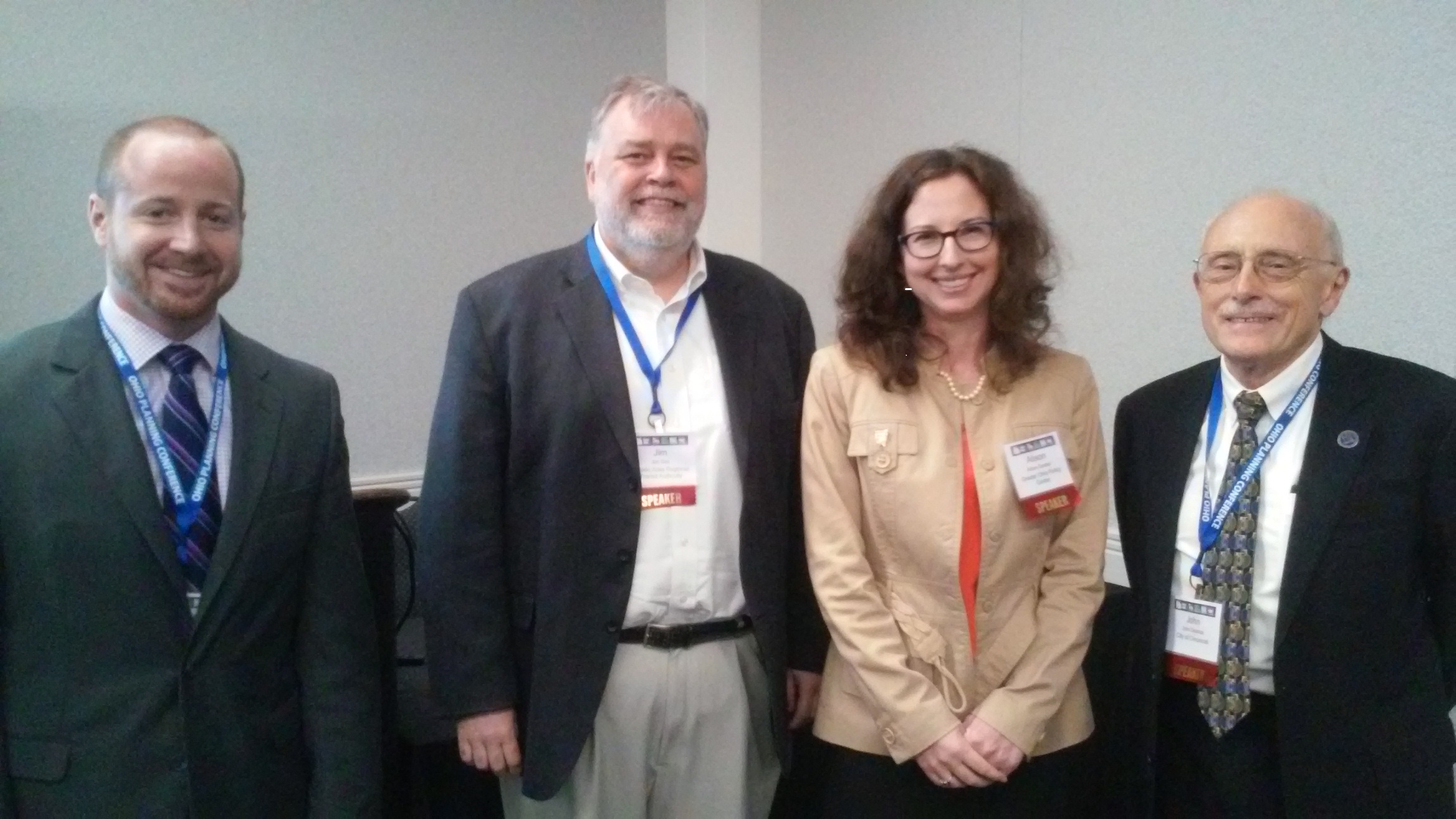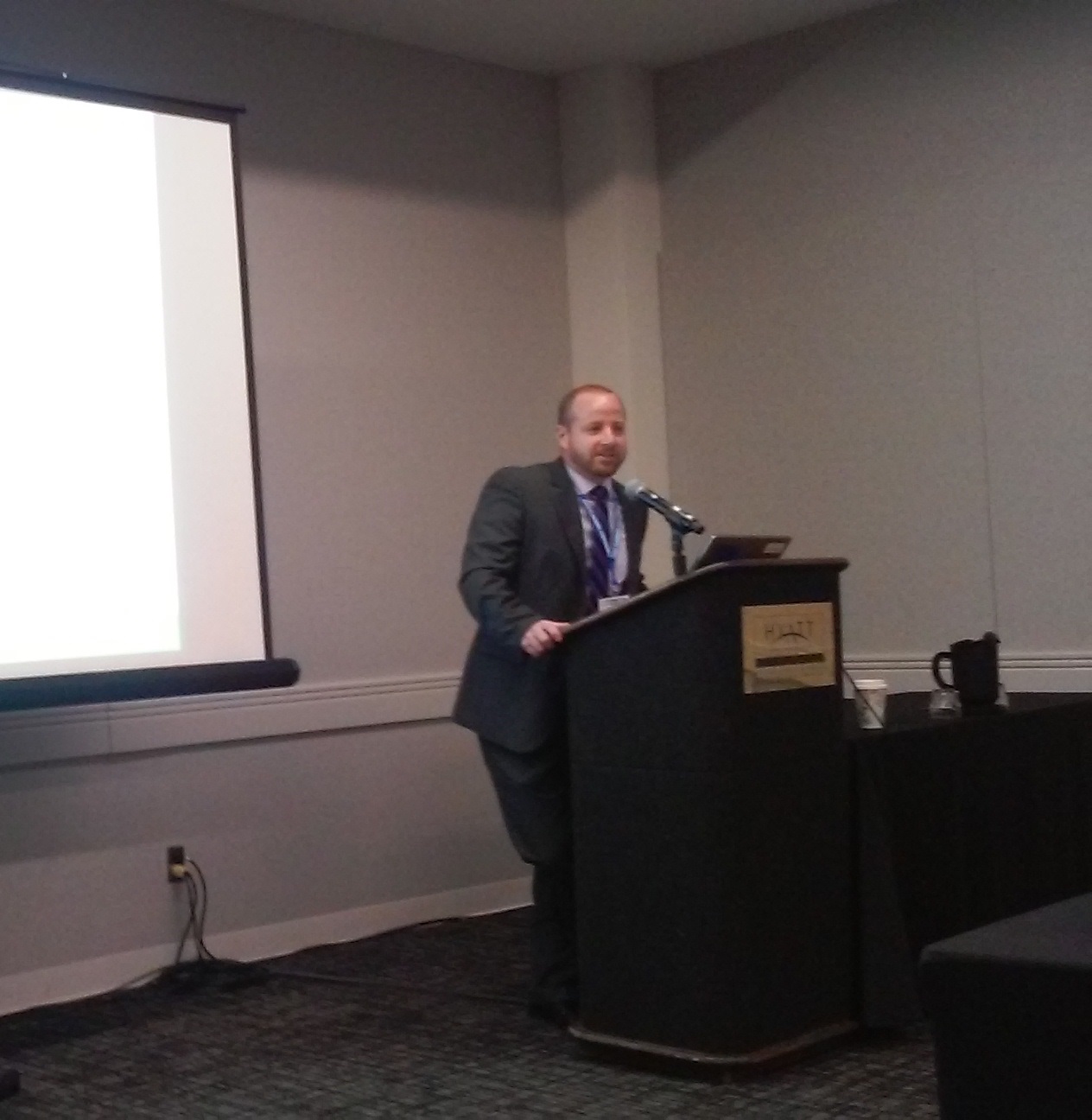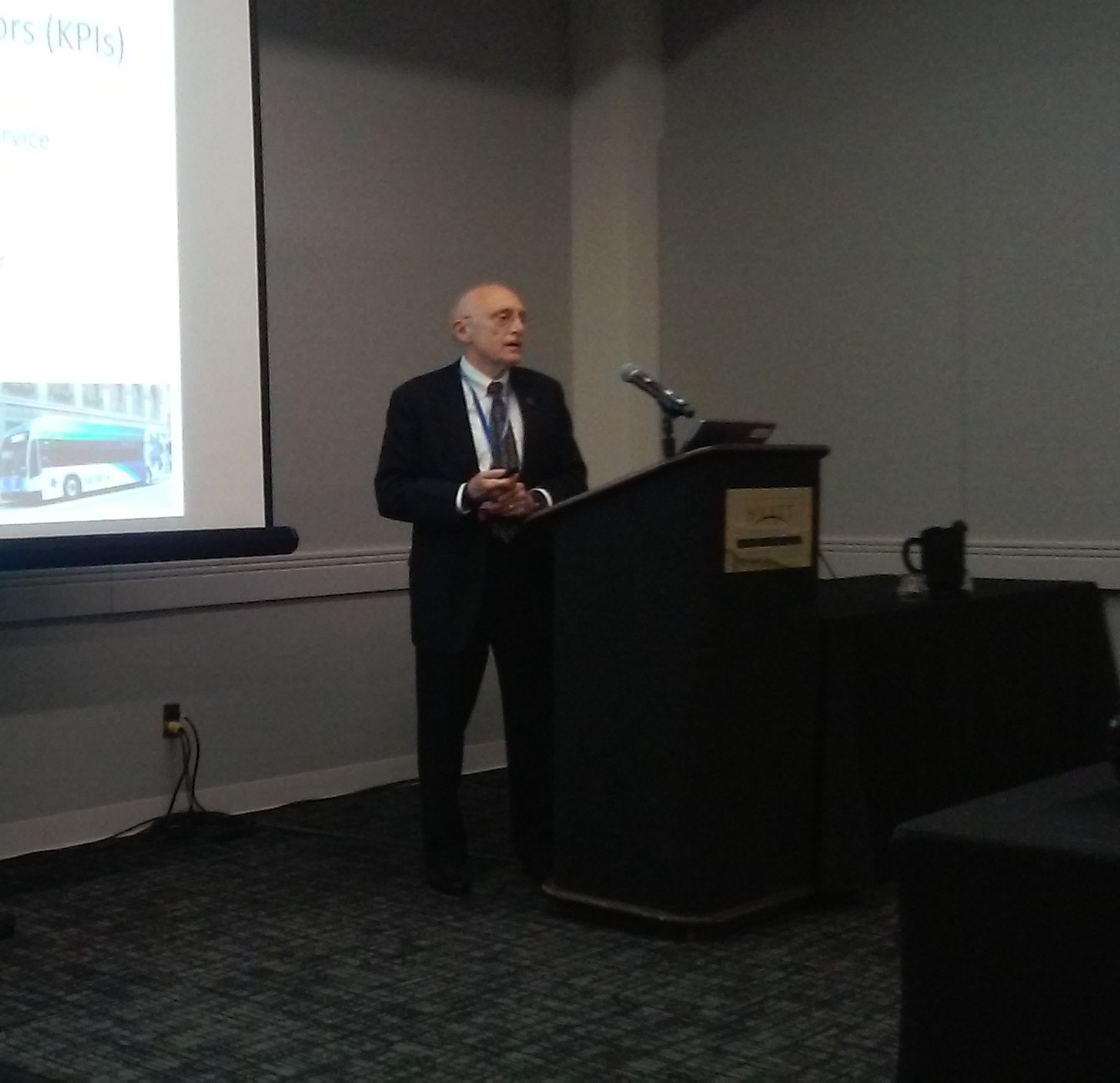By Alison Goebel, GOPC Associate Director
Last week, GOPC participated in a Roundtable on Leveraging Local Assets in Small and Medium Sized Cities, sponsored by the Center for Community Progress. This small Roundtable brought together leaders from a number of sectors who work in Flint, Dayton, Youngstown, and Syracuse. Through a neighborhood tour, presentations, and conversations over meals, GOPC learned about cutting-edge strategies that these medium sized legacy cities implement to accelerate their revitalization and return to vibrancy.
At the beginning of the Roundtable, GOPC presented preliminary research findings generated from analysis of current conditions and trends of a number of small and medium-sized cities in the Midwest and Northeast. GOPC also described promising and innovative urban stabilization and revitalization strategies has found through collaborative research with CCP Senior Fellow Alan Mallach. One of the most valuable components of the Roundtable was learning firsthand of incredible work underway in these four representative cities.
Flint has recently completed an amazing master plan, Imagine Flint, which includes 13 different zoning districts that acknowledge the reality of current land use and prepare the city to maximize its assets for the future. The plan is sensitive to the current market and responds to what residents want for the future. For example, during our neighborhood tour we visited a newly zoned site consisting of work and residential buildings.

Habitat for Humanity-Flint is helping a family rebuild a new home and retail space where people can play tabletop games, like Dungeons and Dragons.
Syracuse described a highly successful partnership between St. Joseph’s Hospital Health Care, a workforce development program, and community revitalization program. Through St. Joseph’s leadership, the surrounding neighborhood is being revitalized, hospital employees are living in the neighborhoods, and the hospital is achieving an unprecedented retention rate among local residents who participate in the workforce program.
Dayton discussed the advantages of utilizing a non-profit, CityWide Development Corporation to direct redevelopment around key anchors in the city—including a new elementary school and a hospital. CityWide, as the lead entity for this public-private partnership, is spearheading three major redevelopment projects that are tied to key anchor institutions.

Downtown Flint is revitalized and populated. The Flint Weather Ball is also visible in this picture. It turns red when the temperatures are predicted to rise and blue when the temperature is expected to go down. The night of the picture, the temperature was remaining steady and so the ball was yellow.
Roundtable participants were excited by a new strategy Youngstown is piloting, which they call micro-planning. The Youngstown Neighborhood Development Corporation (YNDC) has identified key schools, churches, and other community facilities that can potentially be a catalyst for neighborhood regrowth and YNDC is now directing its resources to the blocks that surround these smaller institutions.
The challenges these cities have faced—and the ability to master and leverage these challenges into opportunities—was inspiring and reaffirmed the resiliency and strength of these places.

Ridgway White, CEO of the C.S.Mott Foundation was our host for the Roundtable. Over dinner we swapped stories and received advice and suggestions from peer cities on different revitalization strategies.















